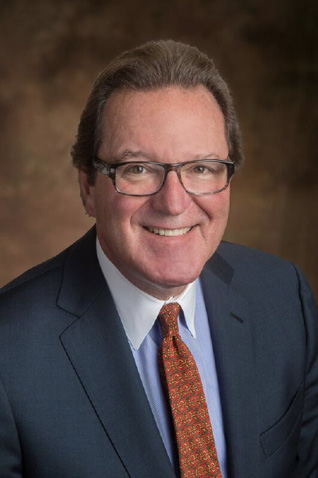Some of the brightest minds in the economic research area are on Wall Street, working for either major investment banks or business news services with a global following. As recently as a couple of weeks ago, they were issuing research that warned of a slowdown coming in the economy.
One began their note by saying that after having boomed its way through 2023, the U.S. economy is coming back to Earth. Their logic? Companies are hiring fewer workers, consumers are spending less, and the housing market is all but paralyzed by the highest interest rates in decades. Manufacturing is struggling, with the exception of sectors benefiting from government incentives, such as semiconductors and electric vehicles. And even as inflation slows, business and households continue to complain of a sting from high prices. Additionally, hiring and wage growth stepped down in June, while the unemployment rate rose to the highest since late 2021, though it remains historically low. Some economists expect the jobless rate to tick up from 4.1% to 4.5% by year end.
Having said that, they did acknowledge that unlike most slowdowns, this one is playing out as a textbook soft landing, that rare and difficult feat of slowing the economy without causing a recession. Inflation has cooled without a huge increase in unemployment, retail spending has cooled but not collapsed, and the economy continues to grow. In another survey, economists see a 30% chance of a downturn in the next 12 months, compared with 60% in the survey a year ago.
The figures in Gross Domestic Product, or GDP, reflect the value of all goods and services produced in the U.S. GDP numbers were projected to show the economy grew around 2% in the second quarter, so after the 1.4% growth of the previous quarter, that prediction would indicate the slowest consecutive quarters of growth since 2022.
So guess what? Once again, the Chicken Littles got it wrong, and missed the real number by a country mile.
GDP, adjusted for inflation and seasonality, rose at an eyewatering annual rate of 2.8% for April through June to $22.9 trillion, or fully a 40% miss. The U.S. economy accelerated in the second quarter as consumers increased their spending, businesses invested more in equipment and stocked inventories, and inflation cooled.
And the major pundits were stunned by this, with multiple headlines in the popular business press expressing slack-jawed shock at the strength behind the number. The jump was a doubling of the 1.4% pace in the first quarter, and well above the 2% rate economists had expected. Household spending, the main driver of the U.S. economy, increased at a quicker pace as Americans’ incomes continued to rise. And more than one economist supports the notion that the U.S. consumer remains a source of strength in the overall economy, even though the effects of high inflation and borrowing costs are almost certainly stretching some consumers financially. That points to a rock-solid economy that has not fallen off a cliff, nor looks to any time soon.
The new data shouldn’t change the outlook for the Federal Reserve. Officials have signaled that they expect to hold interest rates steady at their August meeting but could cut at their subsequent meeting in September if inflation continues to cool. The second quarter GDP report is one of the last major readings of the economy’s temperature that Fed officials will see before their meeting. The report suggests that the economy remains on solid footing, even two years after soaring inflation prodded the Fed to start raising rates at the fastest pace in decades.
And buried in the data was a key category of business spending that picked up, which analysts described as a positive signal for future productivity. Nonresidential fixed investment, reflecting spending on commercial construction, equipment, and software, rose at a 5.2% rate. Capital expenditures were led by 11.6% growth in spending on equipment, while spending on structures declined. What does this sound like? Maybe concrete volumes are flat, but producers continue gearing up their equipment purchases for the expectation of a handful of good years still ahead.
Pierre G. Villere serves as president and senior managing partner of Allen-Villere Partners, an investment banking firm with a national practice in the construction materials industry that specializes in mergers & acquisitions. He has a career spanning almost five decades, and volunteers his time to educating the industry as a regular columnist in publications and through presentations at numerous industry events. Contact Pierre via email at [email protected]. Follow him on Twitter – @allenvillere.

